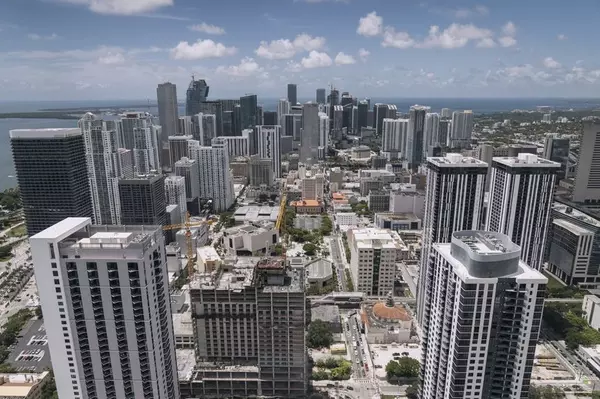Oakland retail follows hard-hit segments on recovery trail
Oakland’s retail sector is making gains for the first time in four years thanks to a recovery for some of its hardest-hit segments, according to a new report by Marcus & Millichap.
The general rebound traces its roots to the lifting of pandemic-related restrictions about a year ago, the brokerage’s second-quarter report found.
“The recent employment growth in Oakland has been strongest within the leisure and hospitality segment, with restaurants and gyms being some of the most active space fillers of late,” according to the brokerage.
The Oakland metro area, which takes in most of the East Bay, is trending toward first year-to-year vacancy drop for retail properties since well before the pandemic.
“Vacancy in Oakland is set to record its first annual decline since 2018, reaching 5.5 percent by the end of this year,” according to the report.
Vacancies remain above pre-pandemic levels but nonetheless offer a sigh of relief to retail landlords. Oakland’s retail landscape saw vacancies rise sharply and rents dip steadily amid the lockdowns and other restrictions of the past two years.
Asking rates fell by around 2.5 percent each of the last two years but are expected to see a 9.1 percent hike this year. That would outpace expected increases in most of the rest of the Bay Area, and put Oakland’s average asking rate at about $31 per square foot annually.
Areas of the Oakland market south of the city’s downtown––including upper-scale areas such as Alameda Island and San Leandro and Fremont––are the strongest in the East Bay in terms of vacancy rates, at 3.8 percent entering April.
The north and inland areas of the metro market also made strong showings, ringing the city proper with gains. The vacancy rate in the inland submarket of Dublin-Pleasanton-Livermore fell nearly a full percentage point, the largest year-to-year decline in the metro market.
“The metrowide pace of rent growth is largely carried by exceptional advances in the 80 Corridor and 680 Corridor South submarkets, where asking rents advanced over 20 percent last year,” according to the report.
Single-tenant performance is strongest along the coast, while multi-tenant properties farther inland have been most successful in adding and retaining tenants.
The recent conditions appear to have stirred the market for investors. The number of single-tenant properties that changed hands during the 12-month period ended in March matched the pre-pandemic level of 2019.
“While entry costs are growing, sales pricing remains significantly below San Jose and San Francisco, suggesting more investors looking to establish a retail footprint in the Bay Area will acquire assets in Oakland,” according to the report.
The market appears poised to continue its tightening, with less than 200,000 square feet of retail space in the pipeline as of April. That compares with a typical mark of 400,000 square feet before the pandemic.
Categories
Recent Posts










GET MORE INFORMATION
